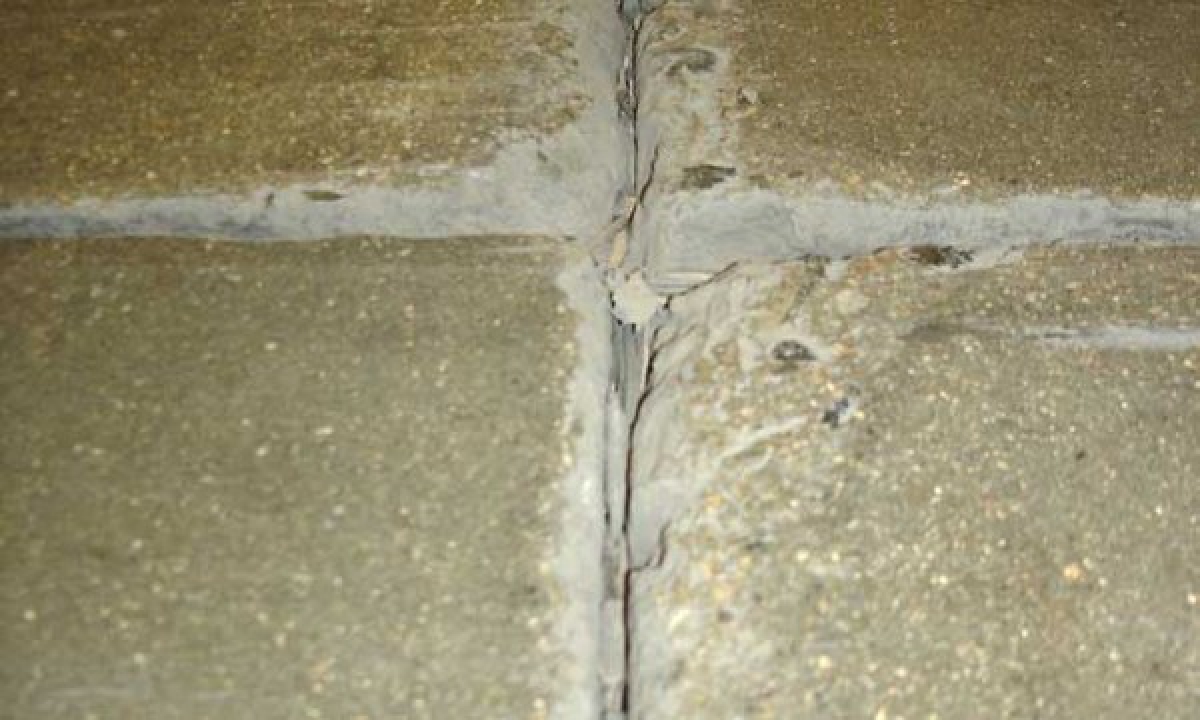
How To Know When My Concrete Floor Joint Filler Has Failed (and What To Do About It)
No one likes it when things fail. Whether you’re in sales, customer service or concrete floor construction, you want everything to go according to plan. Unfortunately, that’s not the way the world works. Leads, customer satisfaction and concrete floor details are all prone to deterioration sooner or later.
So what do you do about it? You look for signs of deterioration and address it before it affects your bottom line. If you’re in sales, you work on building up more leads. If you’re in customer service, you rework your service strategy. And if you’re in concrete floor construction, you learn how to identify possible failures and fix them before they get worse. One of those deficiencies could lie in your concrete floor joint fillers. An important part of any concrete floor, these fillers need to be monitored thru out the year, year after year and maintained to maximize their expected service life.
5 Signs of Concrete Floor Joint Filler Deficiency
Unless you’re an expert, you might not know what signs to look for when it comes to concrete floor joint filler deficiency. You’ll be happy to know that many of these signs aren’t as hard to spot as you think and are really important to think about in years one to five (the first year should be covered under warranty).
Here are a few of the signs to look out for:
- Chips or gouges in the filler surface
- Separation between the filler and the joint sidewall or within the filler itself (This is not a failure but needs maintenance soon or it will fail)
- Joint filler “wobbling” or a loose fit
- Filler depression below or protrusion above the slab surface
- Exposed joint edges
These are just some of the signs; unique circumstances can always occur depending on the situation and other factors. But once you know most of the signs, it’s important to implement a good monitoring and maintenance program so you can address them (if needed).
6 Important Aspects of a Good Monitoring and Maintenance Program:
The first thing to keep in mind when it comes to a monitoring and maintenance program: one person (in operations or maintenance) should be in charge. That way, they can keep all the inspection notes and other documentation in one place and give a report to the facility or maintenance manager for easy review. Many facility owners with durable concrete floors specifically reported the benefits of having a single person with a dedicated inspection schedule.
Once that person is established in their role, it’s time to turn to the different component of a successful monitoring and maintenance program. Here are six of them to keep in mind:
- It’s important – Whomever you choose to run your monitoring and maintenance program, make sure you trust them. It’s ideal to have an in-house staff member perform inspections and schedules repairs.
- It’s thorough – While it’s important to inspect concrete floor joint fillers, your inspection should cover all aspects of your floor. From the surface to the joints, be comprehensive in identifying signs of deterioration and paying special attention to areas with previous maintenance or repairs.
- It’s documented – If you find an area that requires extra attention or monitoring, you should clearly map it out (and photograph it) so management or the maintenance staff can clearly identify it. This greatly helps with the follow-up process and allows for easy correction.
- It’s prioritized – If you’ve identified more than one area of concern, prioritize them in level of severity. “Wobbling” or looseness, for example, are more concerning than hairline cracks.
- It’s standardized – Consider developing some kind of repair manual that lays out guidelines for corrective action. By looking at successful past repairs specifically, you can improve the efficiency of addressing future defects. If unsure of the appropriate corrective action, don’t guess. Utilize the advice and services of an outside expert. It’s most often free.
- It’s consistent – Finally, make sure you’re consistently scheduling and performing your inspections. A random inspection every now and then is just that: an inspection. Inspections performed on a regular basis — weekly, monthly, quarterly, etc. — qualify as a program. It ultimately depends on your resources, but make regularity a priority.
In the end, you want to prevent a small maintenance item from turning into a costly repair or significant floor issue. Know the signs of floor joint filler deterioration like the back of your hand, then develop an effective floor monitoring and maintenance program. This is extremely beneficial for not just your floor joints and fillers, but your entire concrete floor.
